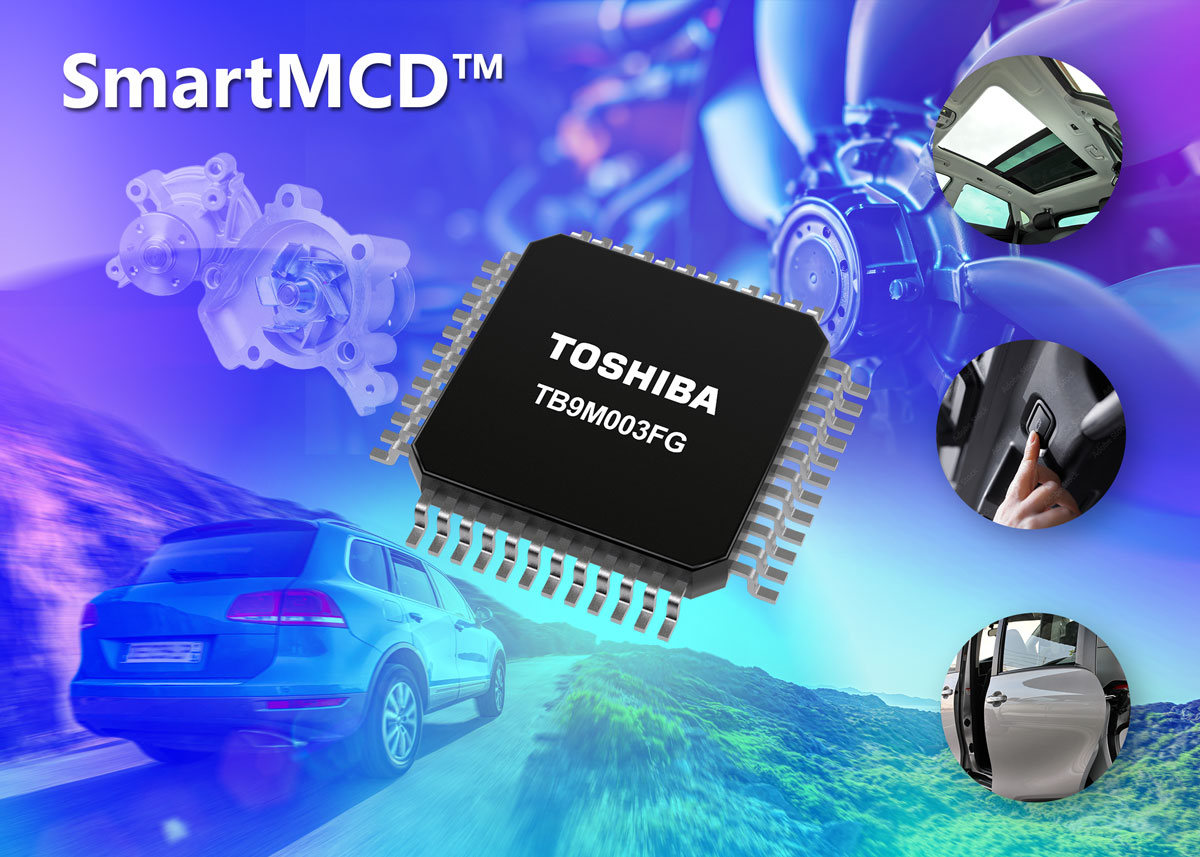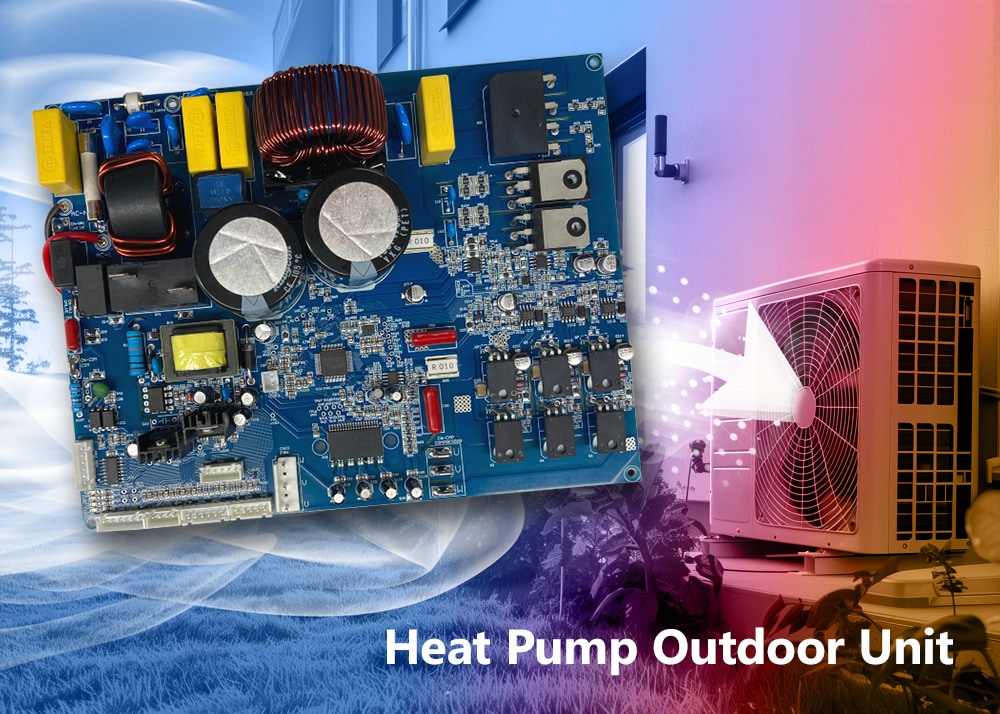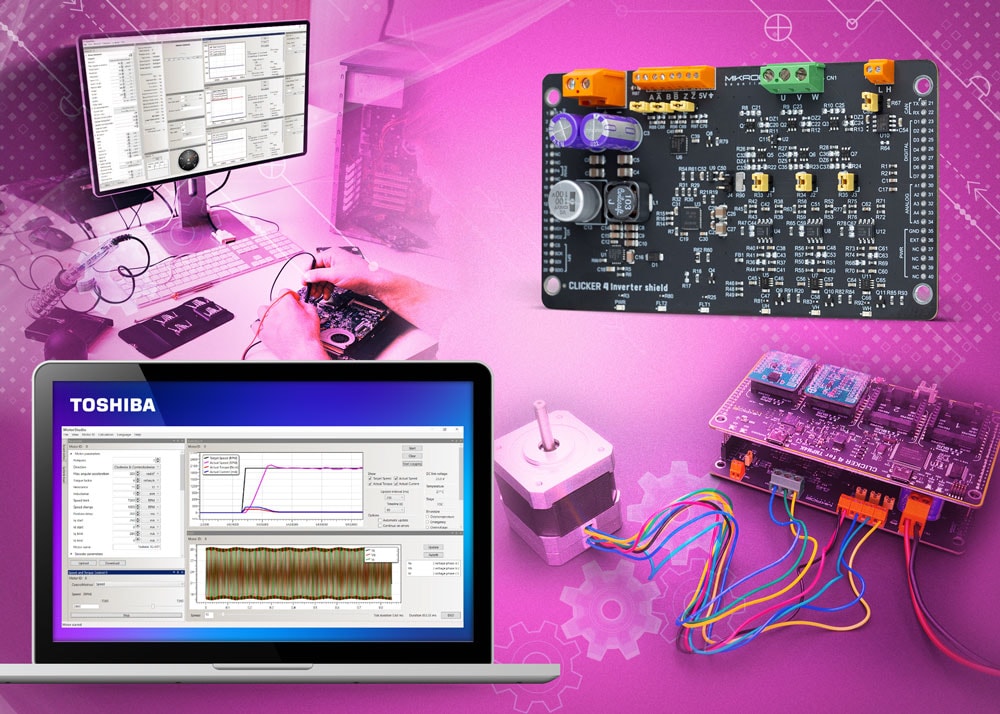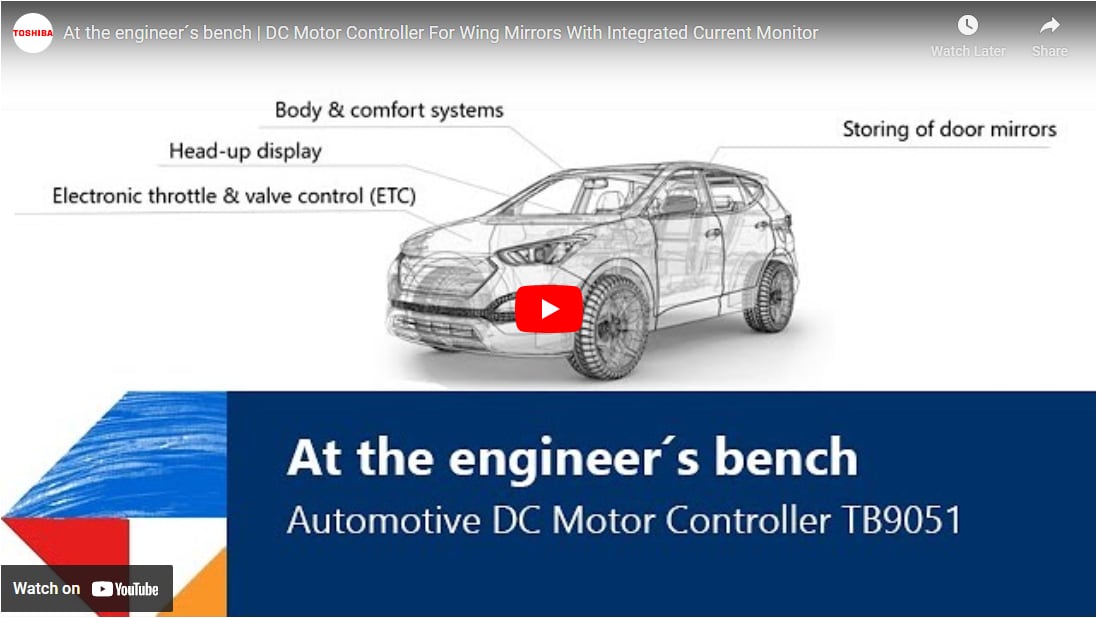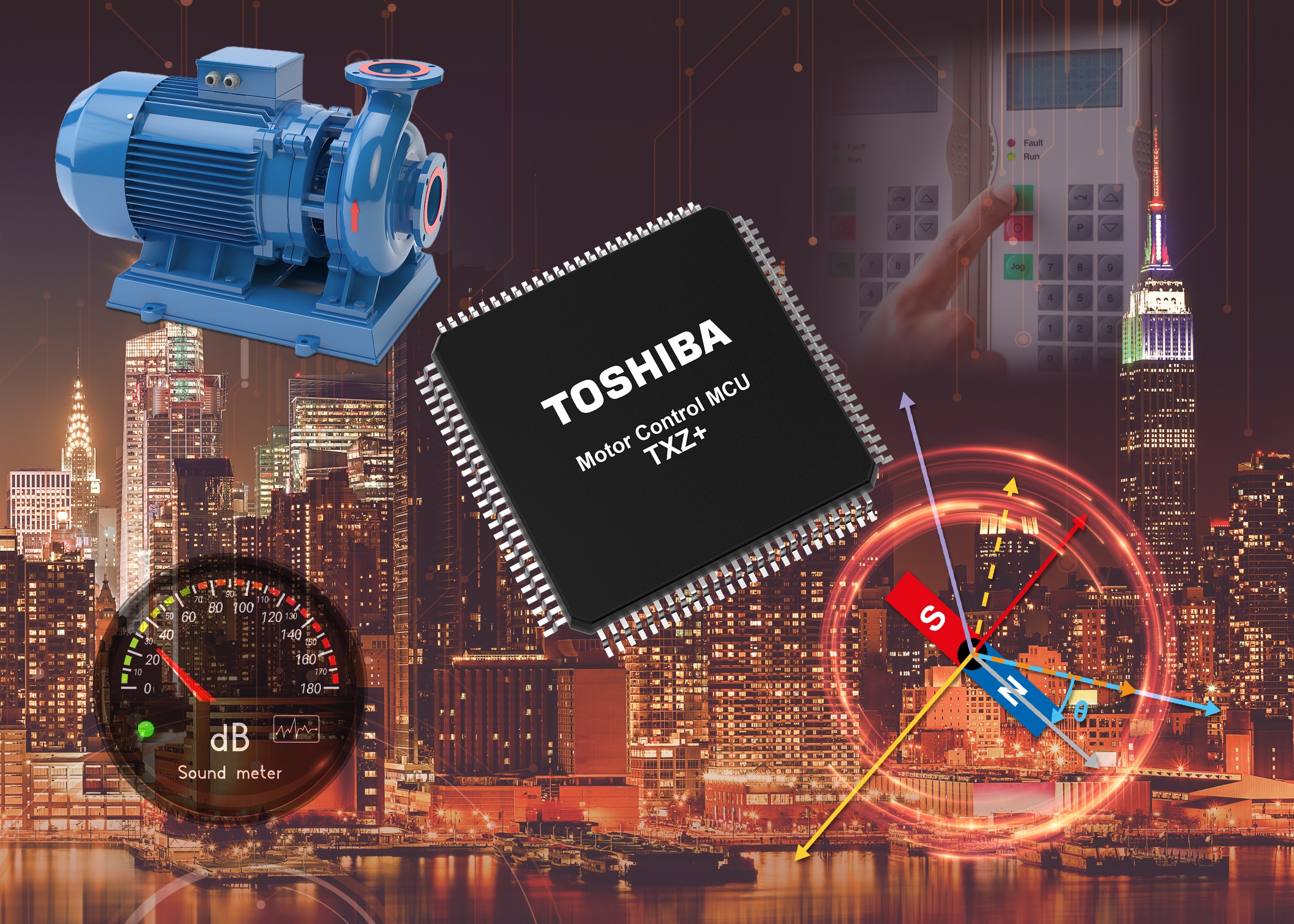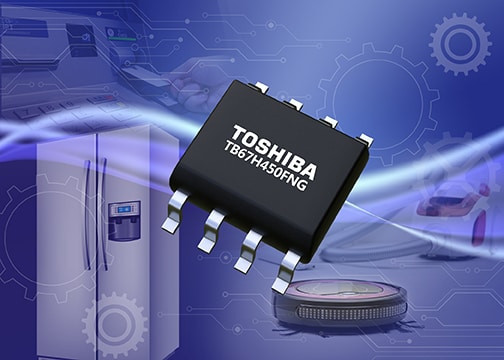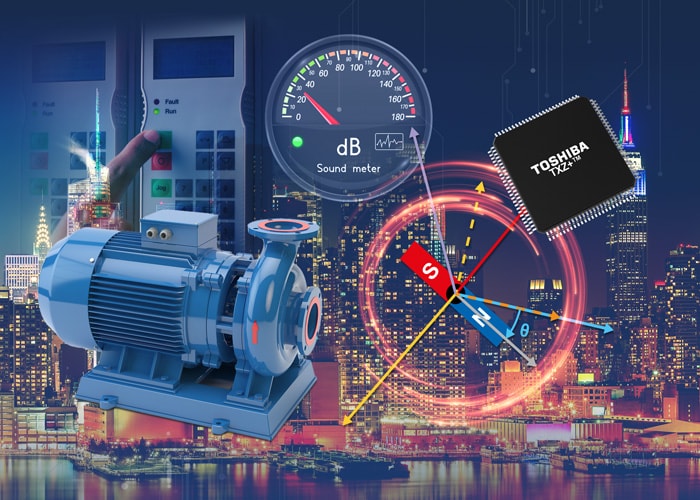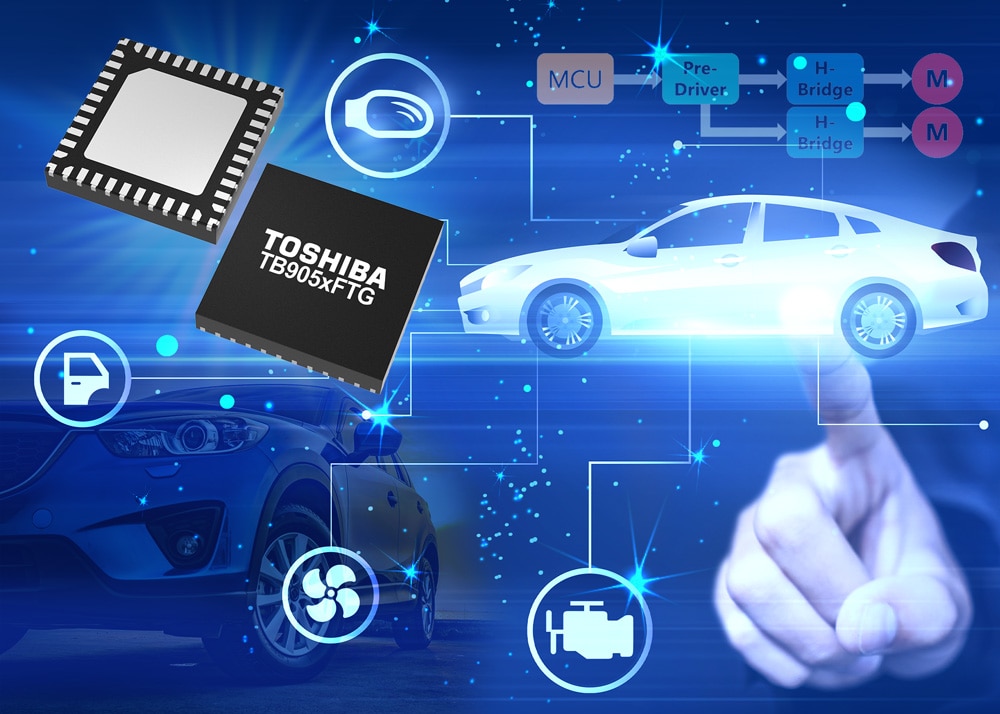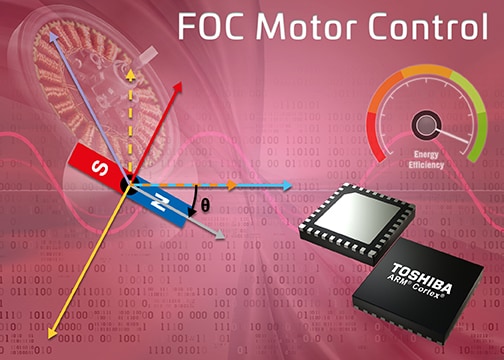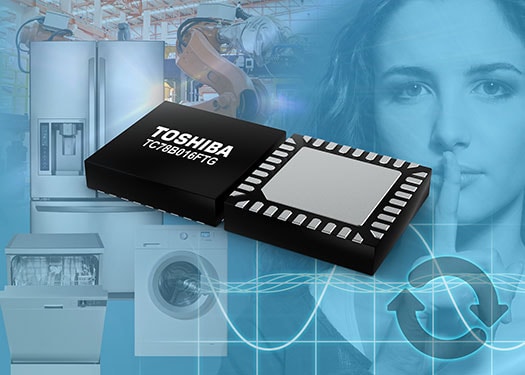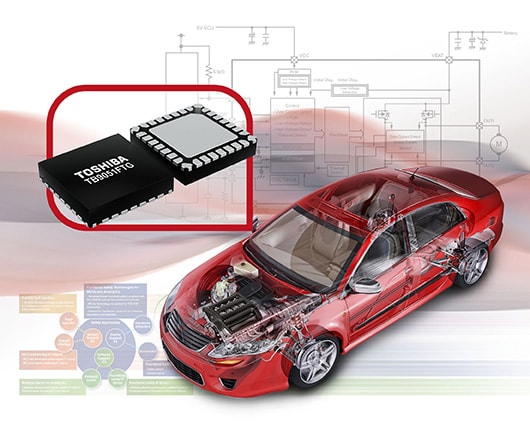- General Top
- SEMICONDUCTOR
- STORAGE
- COMPANY
-
My ToshibaSemicon
- Semiconductor Top
-
ApplicationsAutomotive
Body Electronics
xEV
In-Vehicle Infotainment
Advanced Driver-Assistance Systems (ADAS)
Chassis
IndustrialInfrastructure
BEMS/HEMS
Factory Automation
Commercial Equipment
Consumer/PersonalIoT Equipment
Healthcare
Wearable Device
Mobile
Computer Peripherals
-
ProductsAutomotive Devices
Discrete Semiconductor
Diodes
Transistors
Logic ICs
Analog Devices
Digital Devices
Wireless Devices
※
: Products list (parametric search)
Power SemiconductorsSiC Power Devices
※
: Products list (parametric search)
Isolators/Solid State RelaysPhotocouplers
Digital Isolators
Solid State Relays
Fiber Optic Transmitting Modules
※
: Products list (parametric search)
MOSFETsIGBTs/IEGTsBipolar Transistors※
: Products list (parametric search)
Diodes※
: Products list (parametric search)
MicrocontrollersMotor Driver ICsIntelligent Power ICs※
: Products list (parametric search)
Power Management ICsLinear ICs※
: Products list (parametric search)
General Purpose Logic ICsLinear Image SensorsOther Product ICsOther Product ICs
※
: Products list (parametric search)
-
Design & Development
Design & Development
Innovation Centre
At the Toshiba Innovation Centre we constantly strive to inspire you with our technologies and solutions. Discover how to place us at the heart of your innovations.
-
Knowledge
Knowledge
Highlighted Topics
Further Materials
Other
- Where To Buy
- Part Number & Keyword Search
- Cross Reference Search
- Parametric Search
- Stock Check & Purchase
This webpage doesn't work with Internet Explorer. Please use the latest version of Google Chrome, Microsoft Edge, Mozilla Firefox or Safari.
require 3 characters or more. Search for multiple part numbers fromhere.
The information presented in this cross reference is based on TOSHIBA's selection criteria and should be treated as a suggestion only. Please carefully review the latest versions of all relevant information on the TOSHIBA products, including without limitation data sheets and validate all operating parameters of the TOSHIBA products to ensure that the suggested TOSHIBA products are truly compatible with your design and application.Please note that this cross reference is based on TOSHIBA's estimate of compatibility with other manufacturers' products, based on other manufacturers' published data, at the time the data was collected.TOSHIBA is not responsible for any incorrect or incomplete information. Information is subject to change at any time without notice.
require 3 characters or more.
How semiconductor advances can drive improved motor control

BLDC motors are found in many applications including industrial control, automotive systems and in the office or home. BLDC motors power electric fans, air conditioning pumps as well as controlling the moving parts in devices such as printers.
Efficiency is a consideration in almost every application, either due to rising energy costs or the limited availability of power (in a battery-powered application for example). Thus BLDC motors are required to operate at maximum efficiency irrespective of the rotational speed or torque. When used in close proximity to people - especially in office or home applications - a low level of acoustic noise is another key requirement.
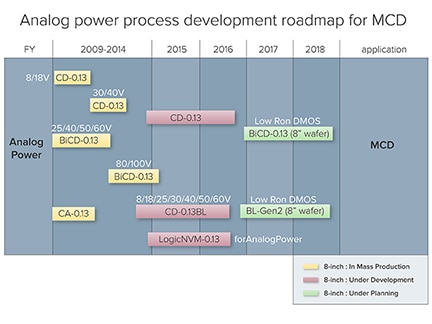
Semiconductors have a significant role to play in advancing the technology behind motor drivers. Control ICs have improved as the silicon has evolved from bipolar to the latest BiCD processes. These allow logic and high-voltage circuitry to be fabricated on a single chip. As a result, today’s controllers have smaller die sizes, lower power losses and are directly compatible with modern low-voltage logic devices such as the latest generation microcontrollers.
Successive BiCD process generations, moving forward from the 0.8µm geometry of the late 1990’s, have driven up gate density from around 6,000 gates/mm2 to over 200,000 gates/mm2 in Toshiba's advanced 0.13 µm process. This supports significantly greater logic capability in the latest motor control ICs, allowing control functionality to be offloaded from the host microcontroller. The result is simpler system software and circuit design.
Compared to bipolar technology, BiCD controllers save more than 80% of the power normally dissipated thereby significantly helping to improve energy efficiency.
In addition, Toshiba's 0.13µm process enables on-chip logic circuitry to operate from voltages as low as 1.5V. This allows the motor control IC to connect directly to the main controlling processor or microcontroller. The host device is likely to be a low-voltage device with low-voltage input/output lines that would otherwise require level shifting electronics between the host processor and motor control IC.
To learn more about Toshiba's advanced, yet simple, motor control solutions, please click here:


